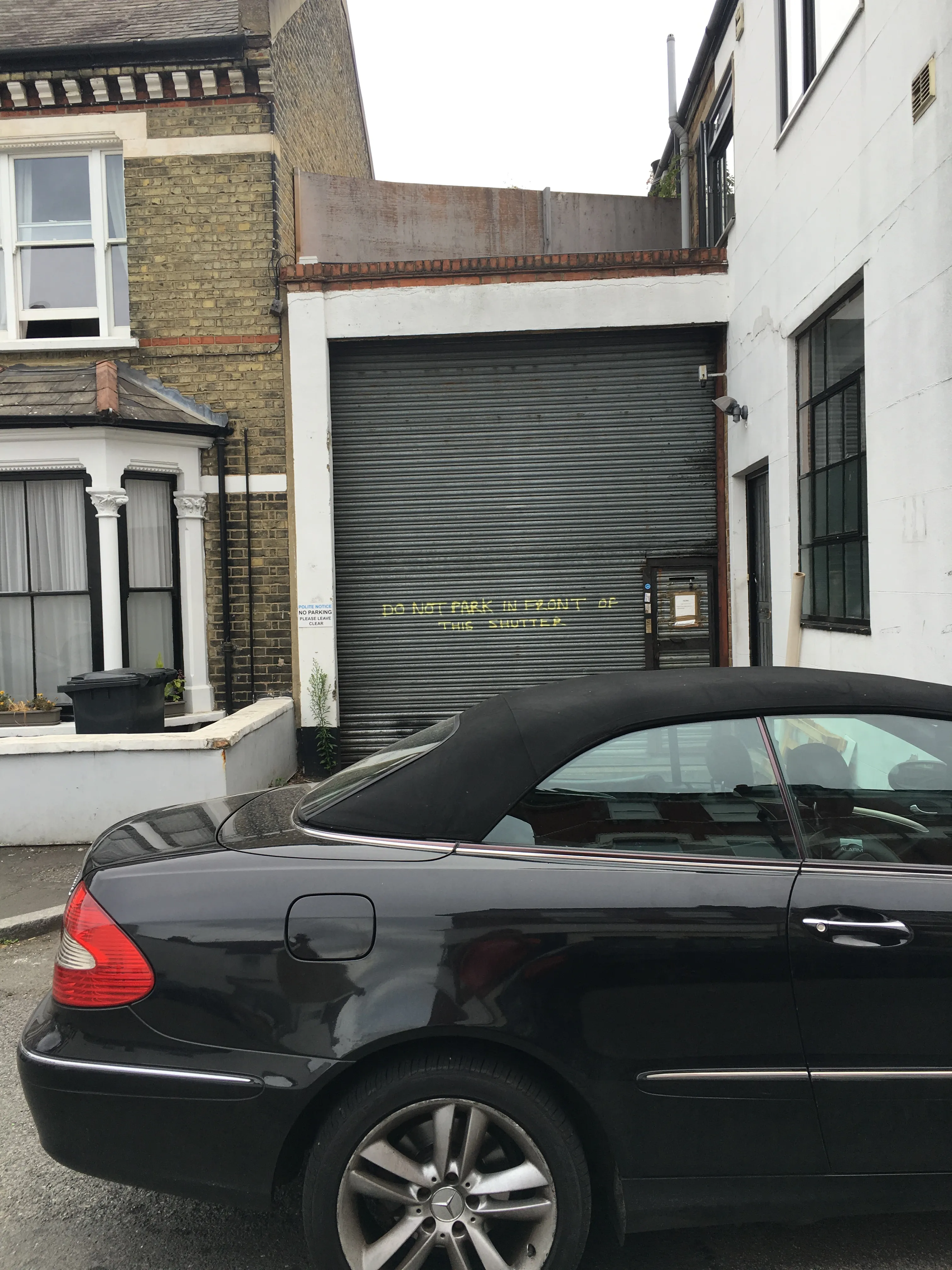An American man has found a rather eye-catching way to increase the top speed of his 1967 Chevrolet Impala. The car has been modi ed with the addition of a gas turbine originally designed for use in a cruise missile. This engine is bolted onto the car's roof with additional security provided by sections of rope, one of which is wedged in the bonnet and another in a rear door. His car can now reach claimed speeds of up to 500km/h, shoot 9m long - ames from its tailpipe and has the added safety bene t of dete
April 16, 2012
Read time: 2 mins
RSSAn American man has found a rather eye-catching way to increase the top speed of his 1967 2773 Chevrolet Impala. The car has been modified with the addition of a gas turbine originally designed for use in a cruise missile. This engine is bolted onto the car's roof with additional security provided by sections of rope, one of which is wedged in the bonnet and another in a rear door. His car can now reach claimed speeds of up to 500km/h, shoot 9m long - flames from its tailpipe and has the added safety benefit of deterring tailgaters. Neither fuel economy nor exhaust emission figures have been released for the modified car, while it seems likely that ear protection would be required for the driver and passengers when running the gas turbine at full throttle. The 44 year-old enthusiast built his turbine powered car with help from his wife and the team at vehicle specialist Indy Boys. This project follows hot on the heels of a turbine-powered toilet and a turbine-powered school bus which could reach speeds of over 587km/h, also built under the expert eyes of Indy Boys. A World Highways contact previously owned a 1967 Chevrolet Impala and commented that the handling of this particular model is "rather vague", adding that he would have concerns about the high speed stability of the vehicle unless the man has made significant modifications to its suspension.
The weight of the turbine on the roof of the car will have raised the Impala's centre of gravity while its poorly thought out angle of thrust, parallel with the roadway, will further reduce stability at speed.
The factors will combine to make the car extremely unpredictable (if not totally lethal) should anyone be brave (or foolish) enough to try to determine its actual maximum speed. It seems highly unlikely that the claimed top speed of 500km/h has ever been achieved and that it would be a terminal velocity should anyone try.
The weight of the turbine on the roof of the car will have raised the Impala's centre of gravity while its poorly thought out angle of thrust, parallel with the roadway, will further reduce stability at speed.
The factors will combine to make the car extremely unpredictable (if not totally lethal) should anyone be brave (or foolish) enough to try to determine its actual maximum speed. It seems highly unlikely that the claimed top speed of 500km/h has ever been achieved and that it would be a terminal velocity should anyone try.








